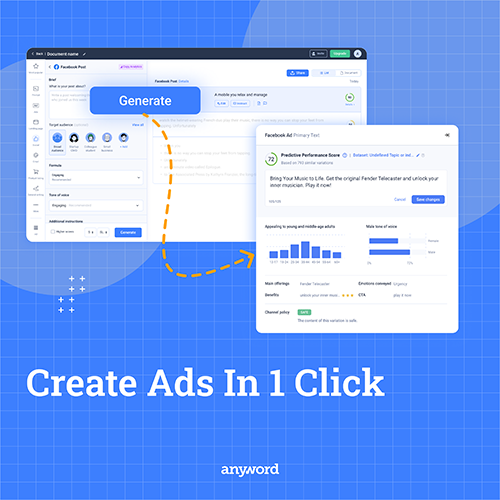As an entrepreneur, one of the biggest challenges you will face is ensuring that each of your customers pays you on time so that your cash flow stays healthy.
Many small businesses cite slow payment – in some cases, 46-60 days after invoicing – and bad debt as major reasons for their cash flow troubles.

Here are some simple steps you can take to get paid faster:
- Draw up clear payment terms and conditions
Many Small & Medium Businesses don’t draw up a clear set of terms and conditions about when and how customers must pay for goods and services. Your terms and conditions should set out when you expect to be paid (for example, within 30 days or upon presentation of the invoice), the penalties for late payment, and your payment details. Keep your terms and conditions short and friendly so that customers won’t miss the important payment information.
- Send reminders when accounts are overdue
As soon as a client misses a payment deadline, send their accounts department a reminder via SMS or email. Even better, pick up the telephone and talk to someone. It’s harder for them to ignore a voice on the phone than an automated message. Building a cordial relationship with the accounts team can help make your invoices a priority for them. It can also be helpful to send an acknowledgment and a thank you when you get paid.
- Make it easy for customers to pay
Don’t be prescriptive about how customers pay – make it simple for them to pay by card, EFT, debit order, instant EFT, Masterpass, and cash payments. Debit order is the first choice because it means you’ll be paid automatically each month. Online payments companies make it simple and affordable for smaller businesses to offer customers a choice on how they pay.
A technology payment solution such as eWay also helps — eWay is integrated into SageOne, our small business cloud Accounting software which allows you to issue invoices or statements with multiple payment options. Customers can pay when they get their invoice rather than needing to log in to online banking. Reconciliation is automated.
- Invoice accurately and on time
Many entrepreneurs lose track of their time and simply forget to invoice on the 20th or 25th of the month. The result is that they miss their corporate client’s batch run or the consumer’s month-end online banking session, and end up needing to wait an extra month for payment. Automated accounting software makes it easy to send quotes, turn quotes into invoices or invoice on the go.
Even when you’re distracted by client meetings or an office crises, you must invoice on time. It’s also important to present the billing information the client needs to pay (PO numbers, GST registration etc.) and to get all the details right so that the accounts department doesn’t need to come back with queries.
- Add interest or penalties for late payments
In practice, it can be difficult for you as a small business to enforce late payment penalties or interest on a large customer. However, suggesting that you might do so often galvanises accounts departments into paying on time—few accounts people want to explain to their boss why they incurred an unnecessary interest charge.
- Ask customers to pay upfront
Many Business to Business (B2B) customers feel entitled to having 30 days to pay, but you should evaluate each customer before granting them this right. You can get a business credit report for a company from a credit bureau and make an informed decision based on its credit record. In general, small businesses should avoid giving credit to individual consumers. Again, don’t even think about doing this without checking their credit scores.






















